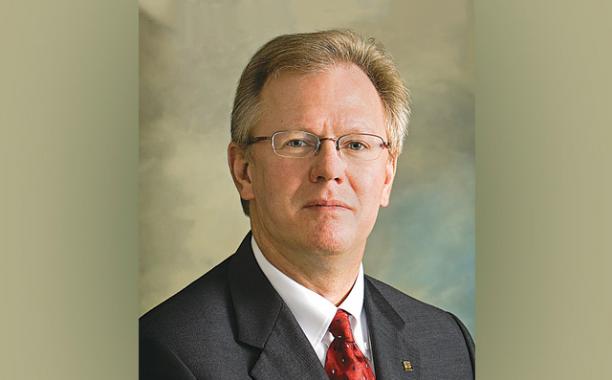
Major obstacles remain to shrink carbon footprint
NEGOTIATORS FROM NEARLY 200 countries will meet in Paris in December to seek a climate change agreement aimed at keeping the global average temperature from rising more than 2 degrees Celsius (3.6 degrees Fahrenheit). Beyond that threshold, many scientists believe, the Earth will suffer catastrophic and irreparable climate harm.
The Paris summit, known as COP21 (Conference of the Parties, 21st year), follows a December 2014 meeting in Lima, Peru (COP 20), which laid the groundwork for a possible agreement.
Annual climate meetings have been held since 1994 under the auspices of the United Nations Framework Convention on Climate Change (UNFCC). While government teams engage in the negotiations, side meetings draw interested parties including corporations, labor unions, religious groups, and environmental and other special interest organizations — each pressing its viewpoints and needs.
Less than a month before the Lima meeting, the United States and China agreed to new emission targets (the first ever for China), raising hopes of substantial progress at the COP20 summit. However, many participants and observers were disappointed with the COP20 results. Key issues remain unresolved. In place of binding obligations, the Lima draft includes only options for further consideration.
Still, hope remains among agreement supporters that any unfinished work can be completed in Paris.
Agreement would have profound impact on societies
THE POLITICAL, ECONOMIC and technological implications of slashing global carbon emissions — ultimately reaching zero by 2100 — are enormous and uncertain. Major disruptions in jobs, trade, financial markets, energy sourcing and other areas are likely to result.
“This is probably the most difficult task we have ever given ourselves, which is to intentionally transform the economic development model, for the first time in human history.”
— CHRISTIANA FIGUERES, UNFCCC
At a press conference in Brussels February 3, 2015, UNFCCC Executive Secretary Christiana Figueres admitted: “This is probably the most difficult task we have ever given ourselves, which is to intentionally transform the economic development model, for the first time in human history. That will not happen overnight, and it will not happen at a single conference on climate change… It just does not occur like that. It is a process, because of the depth of the transformation.”
A key concern for the Boilermakers union is how the agreement will affect jobs in North America. Pressure to eliminate fossil fuels from the energy mix worldwide threatens future generations of members working in the Construction Sector as well as those in the Industrial Sector, where cheap, reliable energy is essential for cement making and manufacturing. For that reason, the International sends observers to monitor the climate talks, communicate our issues and lobby for our positions.
Environmentalists see the climate talks as the perfect venue to push their agenda. Many insist that coal, oil and gas be left in the ground and that investors withdraw their funds from fossil-fuel-based energy companies to hasten their demise. Even UN climate chief Figueres supports divesting from fossil fuel companies.
But such an approach is not realistic. According to the U.S. Energy Information Administration (EIA), global energy demand will rise 56 percent between 2010 and 2040. A December 2014 report by the International Energy Agency (IEA) predicts coal demand will reach a record nine billion tonnes per year by 2019, with three-fifths of that growth coming from China. The notion that fossil fuels should be left in the ground must be countered with sensible solutions that include carbon capture and storage (CCS).
Fortunately, many people involved in the climate change debate understand the impracticality of shutting down global coal use anytime soon. As the 2014 EIA report was being released, the agency’s executive director, Maria van der Hoeven, summarized the challenge this way: “Although the contribution that coal makes to energy security and access to energy is undeniable, I must emphasize once again that coal use in its current form is simply unsustainable. For this to change, we need to radically accelerate deployment of carbon capture and sequestration.”
The United Nations International Panel on Climate Change (IPCC) also recognizes the necessary role fossil fuels will play for decades to come — and indeed the importance of CCS. In its 2014 Synthesis Report, the panel concluded that keeping the Earth’s temperature rise to 2 degrees C would be 138 percent more costly without the use of CCS. IPCC Chairman Dr. Rajendra Pachouli has stated, “With CCS it’s entirely possible that fossil fuels can be used on a large scale.”
Christian Friis Bach, Executive Secretary of the United Nations Economic Commission for Europe (UNECE) also believes in CCS’s potential. He writes: “CCS technology should be developed and supported on a comparable basis with other no carbon or low carbon technologies. This is the clear message from a set of new recommendations developed by the 56 countries in UNECE following extensive consultations with experts from around the world.”
“Strong renewable energy policies worldwide over the past 10 years have led to $2 trillion in investment for renewable capacity. Without comparable policy support, carbon capture and storage has received just $20 billion in investment.”
— Brad Page, CEO, Global CCS Institute
In a IISD Reporting Services interview at the Lima conference, Brad Page, CEO of the CSS Global Institute, stressed the importance of setting policies to promote more rapid CCS development. He stated, “For very good reason, there has been very strong renewable energy policies globally for the last 10 years, and that’s resulted in about $2 trillion worth of investment in renewable capacity. At the same time, where there hasn’t been anything like the same focus on CCS from a policy perspective, we’ve had $20 billion of investment. So you can see how good, supportive policies actually bring on capital investment quickly.”
Rifts remain between developed and developing countries
PERHAPS THE MOST difficult area of agreement in cementing a climate agreement is deciding who will pay for climate action and exactly how each nation will reduce its emissions. Poor, developing countries have long insisted that rich, developed nations take the lead and bear the burden, since the United States, European nations, Canada and other advanced counties are most responsible for greenhouse gas emissions dating back to the start of the Industrial Revolution in the mid 1800s. Developing nations have also pushed for the right to continue their industrial expansion even as developed nations scale back their emissions.
The United States has rejected this position as unfair to the economies of the developed world. The Lima conference appears to have made headway on the issue, but the question remains to be fully resolved.
Developing countries also desire that developed nations transfer green energy technology to them and pay for emission reduction measures (mitigation) as well as adjustments to climate change effects (adaptation). Rich nations have been agreeable to such financial assistance, and a Green Climate Fund was established in 2009 for this purpose. Initial contributions to that fund from developed countries as well as some developing nations reached $10 billion in pledges at the Lima conference. (The Obama administration pledged $3 billion.) The Lima draft includes a proposal to raise that amount to $100 billion annually by 2020.
However, developing nations at the Lima meeting were less than enthusiastic about the funding, saying that much more was needed (by some estimates, as much as $500 billion annually by 2020).
Developing nations that are most susceptible to climate change events such as rising sea levels and violent typhoons also hope to receive funds for “loss and damages.” That proposal has met with stiff resistance by developed countries.
Countries will submit commitments for beyond 2020
IN PREPARATION FOR the December 2015 COP21 meeting in Paris, nations are urged to develop and submit, by March 2015, their emission reduction targets and approaches, or “common but differentiated responsibilities and respective capabilities in light of different national circumstances.”
This overly complex and confusing language reflects the tortured efforts by negotiators to take into account the interests of multiple parties to the negotiations. It essentially means that nations will set their own targets as they see fit, according to their own circumstances and realities.
That leaves the door open to national targets that may be considered too limited, thus not adequate to stay below the 2C maximum.
The COP20 conference in Lima ran some 30 hours over the two weeks originally scheduled to fashion an agreement outline that many found inadequate. If a breakthrough climate agreement is to be achieved in Paris this December, negotiators will have to ramp up their efforts in dramatic fashion — or risk a grand failure from which it will be difficult to recover.
Meanwhile, the debate on fossil fuel’s continuing role in the future of global energy continues unabated. While many in the environmental community — and even UNFCCC Executive Director Figueres — appear fixated on eliminating fossil fuels from the energy mix, a substantial awakening to the promise, and necessity, of CCS by others is a much welcomed development.












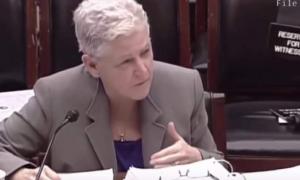
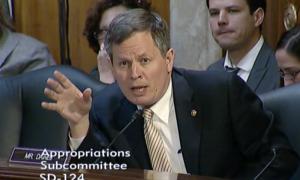


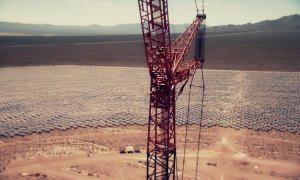
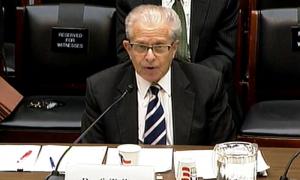

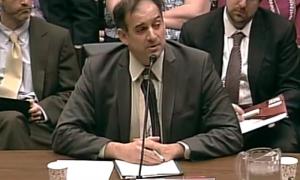
0 Comments